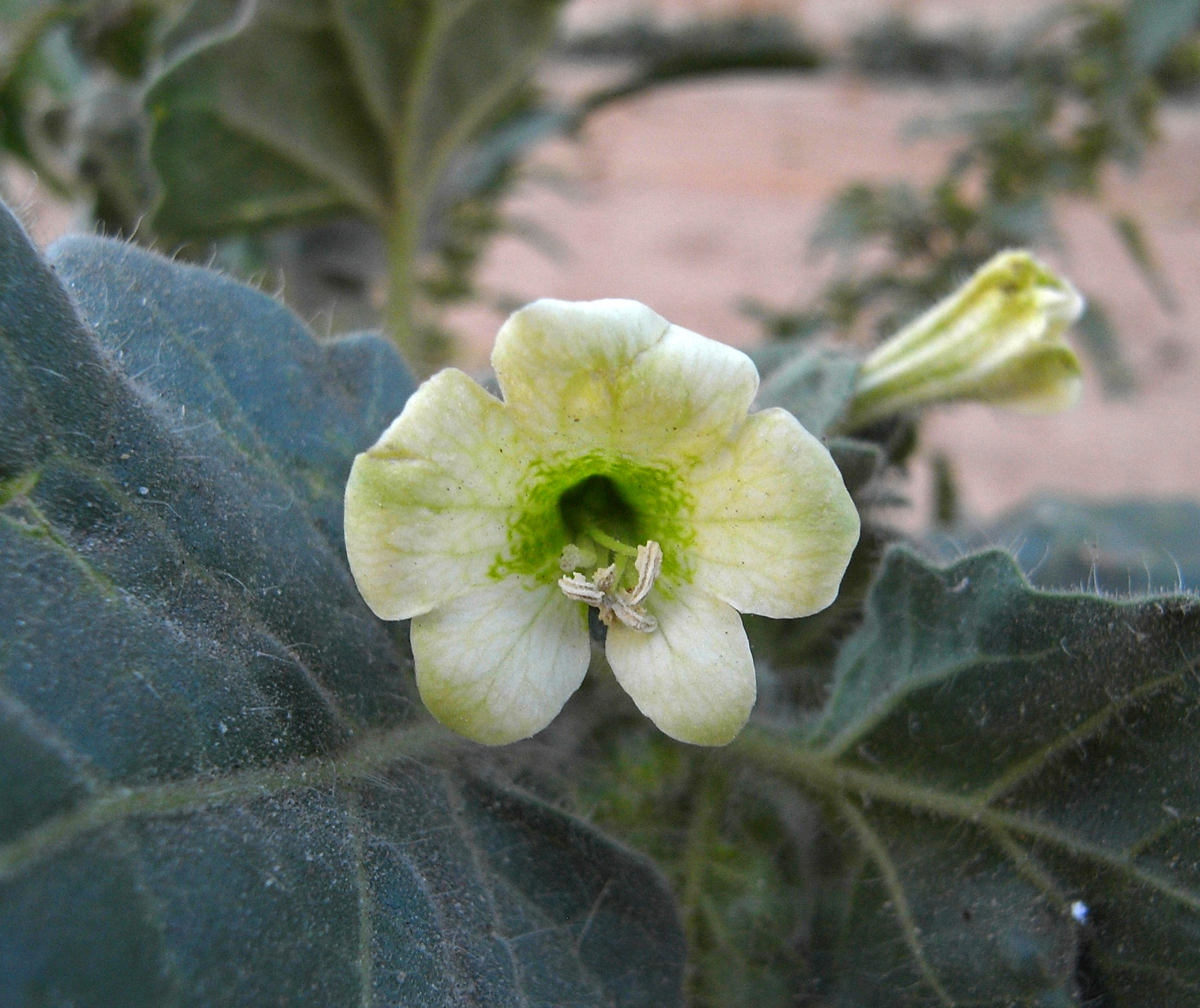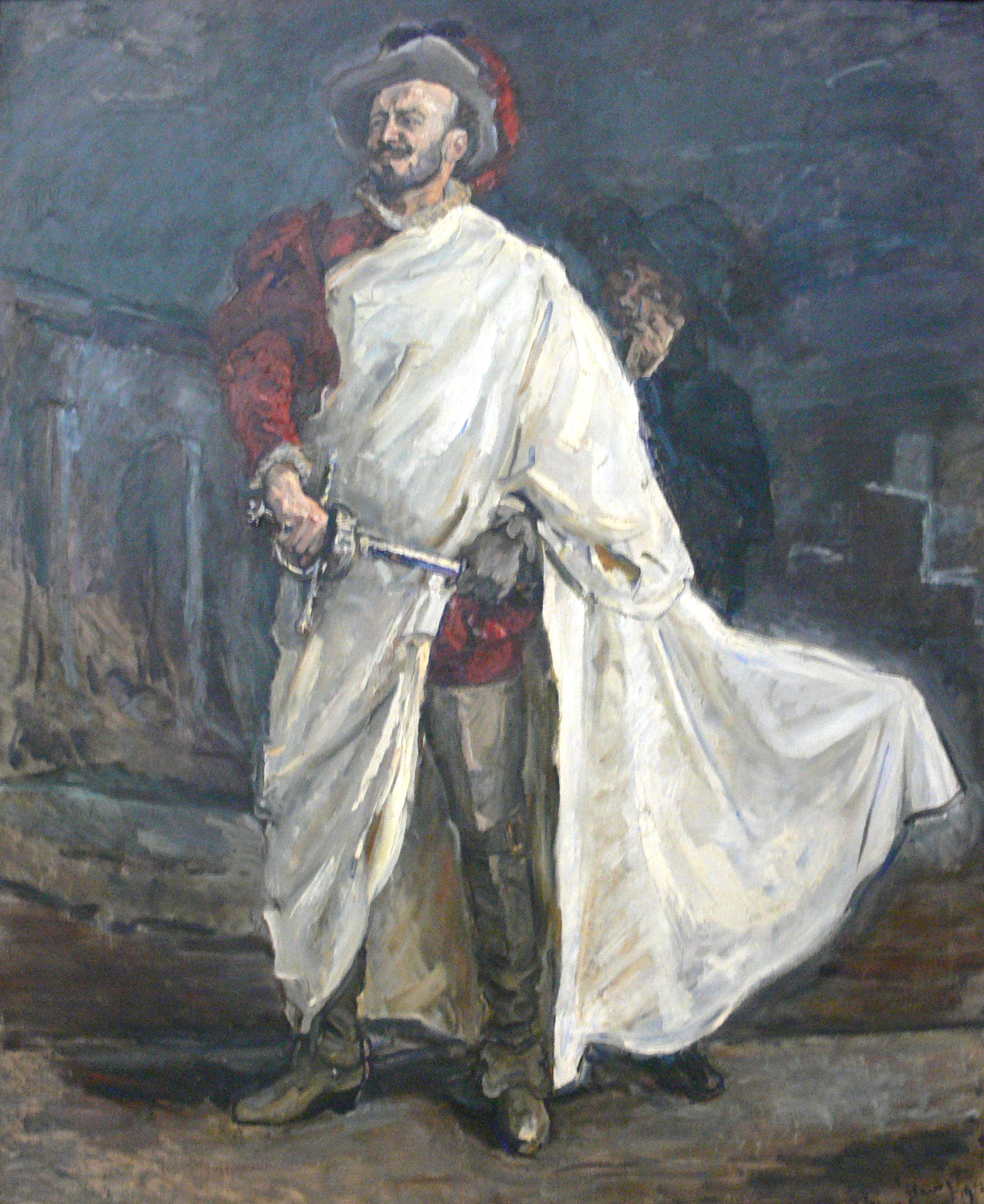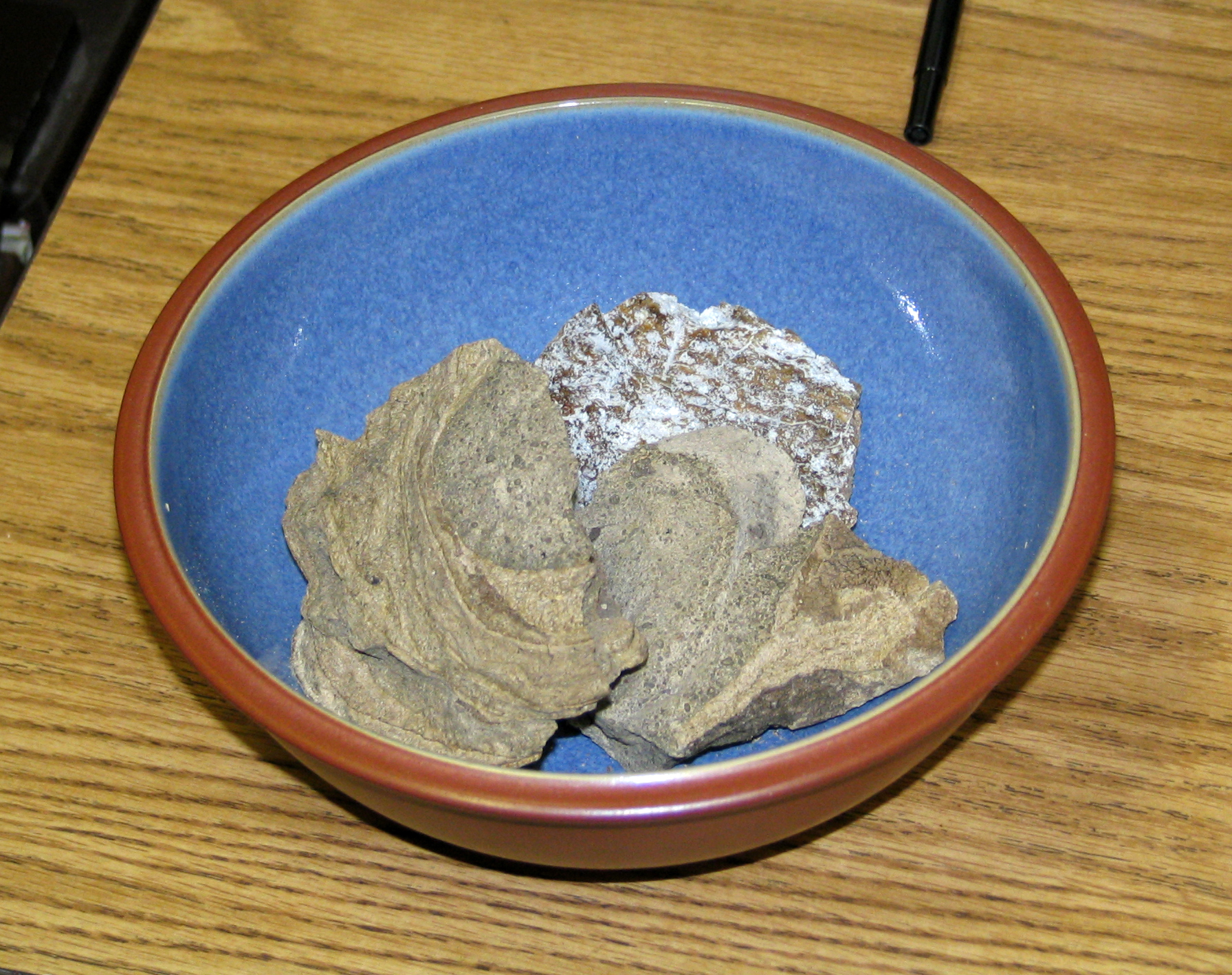|
Love Potion
A love potion ( la, poculum amatorium) is a magical liquid which supposedly causes the drinker to develop feelings of love towards the person who served it. The love potion motif occurs in literature, mainly in fairy tales, and in paintings, drama, music and mythology. In the Middle Ages, extracts from nightshades were used as hallucinogens, and to make supposed love potions and flying ointments. Such plants may have included belladonna, angel's trumpets, jimsonweed, black henbane, European scopolia or autumn mandrake, which contain alkaloids (atropine and scopolamine, which are hallucinogenic in higher doses) characterized by a narrow therapeutic index. Some attempts to create love potions have led to overdose or death where the preparations were not standardized for the content of potent compounds. Other alleged aphrodisiacs include Spanish fly, lizard necks, flowers, mashed worms, sacramental bread, and "sweaty cakes" (made from human hair, glandular excretions, sk ... [...More Info...] [...Related Items...] OR: [Wikipedia] [Google] [Baidu] |
The Love Potion
''The Love Potion'' is a 1903 painting by Evelyn De Morgan depicting a witch with a black cat familiar at her feet. According to Elise Lawton Smith,Elise Lawton Smith (2002)Evelyn Pickering De Morgan and the Allegorical Body(Fairleigh Dickinson University Press) the painting "exhibits a Pre-Raphaelite fascination with medieval subjects and decorative detailing." Analysis ''The Love Potion'' pushed the boundaries of society's expectations of women by "exploring the nature of female authority through the practice of sorcery". The painting differs from most of De Morgan's earlier works by featuring a sorceress as the subject, rather than a Christian or mythological figure. The sorceress is dressed in an ornate gold gown, which is symbolic of her mastery of skill and the final stage of the alchemical system of progression toward salvation. Her mastery is further evidenced by leather bound books on the shelf, which were popular alchemy texts during the late nineteenth century. The su ... [...More Info...] [...Related Items...] OR: [Wikipedia] [Google] [Baidu] |
Scopolamine
Scopolamine, also known as hyoscine, or Devil's Breath, is a natural or synthetically produced tropane alkaloid and anticholinergic drug that is formally used as a medication for treating motion sickness and postoperative nausea and vomiting. It is also sometimes used before surgery to decrease saliva. When used by injection, effects begin after about 20 minutes and last for up to 8 hours. It may also be used orally and as a transdermal patch since it has been long known to have transdermal bioavailability Scopolamine is in the antimuscarinic family of drugs and works by blocking some of the effects of acetylcholine within the nervous system. Scopolamine was first written about in 1881 and started to be used for anesthesia around 1900. Scopolamine is also the main active component produced by certain plants of the nightshade family, which historically have been used as psychoactive drugs (known as ''deliriants'') due to their antimuscarinic-induced hallucinogenic eff ... [...More Info...] [...Related Items...] OR: [Wikipedia] [Google] [Baidu] |
Hyoscyamus
''Hyoscyamus'' — known as the henbanes — is a small genus of flowering plants in the nightshade family, Solanaceae. It comprises 11 species, all of which are toxic. It, along with other genera in the same family, is a source of the drug hyoscyamine (daturine).Cruciferous type of stomata present in Hyoscyamus. ''Hyoscyamus'' means "hog-bean" in botanical Latin and was a name derogatorily applied to the plant by Dioscorides Pedanius Dioscorides ( grc-gre, Πεδάνιος Διοσκουρίδης, ; 40–90 AD), “the father of pharmacognosy”, was a Greek physician, pharmacologist, botanist, and author of ''De materia medica'' (, On Medical Material) —a 5-vol ....Gledhill D. 1996. ''The Names of Plants''. Cambridge University Press Selected species References External links {{Authority control Hyoscyameae Solanaceae genera ... [...More Info...] [...Related Items...] OR: [Wikipedia] [Google] [Baidu] |
Mythological Food And Drink
Myth is a folklore genre consisting of narratives that play a fundamental role in a society, such as foundational tales or origin myths. Since "myth" is widely used to imply that a story is not objectively true, the identification of a narrative as a myth can be highly controversial. Many adherents of religions view their own religions' stories as truth and so object to their characterization as myth, the way they see the stories of other religions. As such, some scholars label all religious narratives "myths" for practical reasons, such as to avoid depreciating any one tradition because cultures interpret each other differently relative to one another. Other scholars avoid using the term "myth" altogether and instead use different terms like "sacred history", "holy story", or simply "history" to avoid placing pejorative overtones on any sacred narrative. Myths are often endorsed by secular and religious authorities and are closely linked to religion or spirituality. Many soci ... [...More Info...] [...Related Items...] OR: [Wikipedia] [Google] [Baidu] |
Seduction
Seduction has multiple meanings. Platonically, it can mean "to persuade to disobedience or disloyalty", or "to lead astray, usually by persuasion or false promises". Strategies of seduction include conversation and sexual scripts, paralingual features, non-verbal communication Nonverbal communication (NVC) is the transmission of messages or signals through a nonverbal platform such as eye contact, facial expressions, gestures, posture, and body language. It includes the use of social cues, kinesics, distance ( prox ..., and short-term behavioural strategies. The word ''seduction'' stems from Latin and means literally "leading astray." As a result, the term may have a positive or negative connotation. Famous seducers from history or legend include Lilith, Giacomo Casanova, and the fictional character Don Juan. The emergence of the Internet and technology has supported the availability and the existence of a seduction community, which is based on discourse about seduction. ... [...More Info...] [...Related Items...] OR: [Wikipedia] [Google] [Baidu] |
Pickup Artist
Pickup artists (PUA), self-identified as dating coaches, the seduction community or the pickup community, is a movement of men (or women) whose goal is seduction and sexual success. The community exists through Internet newsletters and blogs, marketing (e.g. banner ads, seminars, one-on-one coaching), forums and groups, as well as local clubs, known as "lairs". The rise of "seduction science", "game", "rizz", or "studied charisma" has been attributed to modern forms of dating and social norms between sexes which have developed from a perceived increase in the equality of women in western society and changes to traditional gender roles. Commentators in the media have described "game" as sexist or misogynistic. History Modern pickup artist practice dates at least to 1970, with the publication of ''How to Pick Up Girls!'' by Eric Weber. However, one self-described "picker-upper of women" preceding Weber was rational emotive psychotherapist Albert Ellis, who wrote ''The Art of ... [...More Info...] [...Related Items...] OR: [Wikipedia] [Google] [Baidu] |
Dating Coach
Dating coaches offer coaching and related products and services to improve their clients' success in dating and relationships. Through discussion, role-playing, behaviour modelling, and other forms of direction, a dating coach trains clients to meet and attract romantic partners. Dating coaches may focus on topics important to the art of dating: interpersonal skills, flirting, psychology, sociology, compatibility, fashion and recreational activities. As dating coaches are unlicensed, their methods vary widely. Technique Dating coaches offer a wide range of services, such as electronic books and newsletters, personal coaching, small group seminars, and weekend workshops. One-on-one coaching can involve counselling and in-the-field coaching, which can involve practising flirting or going out with a coach of the sex the client is attracted to on a mock date and being critiqued throughout the date. They are distinct from matchmakers because they coach people on finding their own dates w ... [...More Info...] [...Related Items...] OR: [Wikipedia] [Google] [Baidu] |
Eros
In Greek mythology, Eros (, ; grc, Ἔρως, Érōs, Love, Desire) is the Greek god of love and sex. His Roman counterpart was Cupid ("desire").''Larousse Desk Reference Encyclopedia'', The Book People, Haydock, 1995, p. 215. In the earliest account, he is a primordial god, while in later accounts he is described as one of the children of Aphrodite and Ares and, with some of his siblings, was one of the Erotes, a group of winged love gods. Etymology The Greek , meaning 'desire', comes from 'to desire, love', of uncertain etymology. R. S. P. Beekes has suggested a Pre-Greek origin. Cult and depiction Eros appears in ancient Greek sources under several different guises. In the earliest sources (the cosmogonies, the earliest philosophers, and texts referring to the mystery religions), he is one of the primordial gods involved in the coming into being of the cosmos. In later sources, however, Eros is represented as the son of Aphrodite, whose mischievous interventions ... [...More Info...] [...Related Items...] OR: [Wikipedia] [Google] [Baidu] |
Cupid
In classical mythology, Cupid (Latin Cupīdō , meaning "passionate desire") is the god of desire, lust, erotic love, attraction and affection. He is often portrayed as the son of the love goddess Venus (mythology), Venus and the god of war Mars (mythology), Mars. He is also known in Latin as ' ("Love"). His interpretatio graeca, Greek counterpart is Eros.''Larousse Desk Reference Encyclopedia'', The Book People, Haydock, 1995, p. 215. Although Eros is generally portrayed as a slender winged youth in Classical Greece, Classical ancient Greek art, Greek art, during the Hellenistic period, he was increasingly portrayed as a chubby boy. During this time, his iconography acquired the bow and arrow that represent his source of power: a person, or even a deity, who is shot by Cupid's arrow is filled with uncontrollable desire. In myths, Cupid is a minor character who serves mostly to set the plot in motion. He is a main character only in the tale of Cupid and Psyche, when wounded by hi ... [...More Info...] [...Related Items...] OR: [Wikipedia] [Google] [Baidu] |
Aphrodisiac
An aphrodisiac is a substance that increases sexual desire, sexual attraction, sexual pleasure, or sexual behavior. Substances range from a variety of plants, spices, foods, and synthetic chemicals. Natural aphrodisiacs like cannabis or cocaine are classified into plant-based and non-plant-based substances. There are non-naturally-occurring aphrodisiacs like MDMA and methamphetamine. Aphrodisiacs can be classified by their type of effects (i.e., psychological or physiological). Aphrodisiacs that contain hallucinogenic properties like Bufotenin have psychological effects on a person that can increase sexual desire and sexual pleasure. Aphrodisiacs that contain smooth muscle relaxing properties like yohimbine have physiological effects on a person that can affect hormone levels and increase blood flow. It is possible that the aphrodisiac effect of a substance is due to the placebo effect. Other substances that impede on areas that aphrodisiacs aim to enhance are classified as an ... [...More Info...] [...Related Items...] OR: [Wikipedia] [Google] [Baidu] |
Therapeutic Index
The therapeutic index (TI; also referred to as therapeutic ratio) is a quantitative measurement of the relative safety of a drug. It is a comparison of the amount of a therapeutic agent that causes the therapeutic effect to the amount that causes toxicity. The related terms therapeutic window or safety window refer to a range of doses which optimize between efficacy and toxicity, achieving the greatest therapeutic benefit without resulting in unacceptable side-effects or toxicity. Classically, in an established clinical indication setting of an approved drug, TI refers to the ratio of the dose of drug that causes adverse effects at an incidence/severity not compatible with the targeted indication (e.g. toxic dose in 50% of subjects, TD) to the dose that leads to the desired pharmacological effect (e.g. efficacious dose in 50% of subjects, ED). In contrast, in a drug development setting TI is calculated based on plasma exposure levels. In the early days of pharmaceutical toxico ... [...More Info...] [...Related Items...] OR: [Wikipedia] [Google] [Baidu] |
Atropine
Atropine is a tropane alkaloid and anticholinergic medication used to treat certain types of nerve agent and pesticide poisonings as well as some types of slow heart rate, and to decrease saliva production during surgery. It is typically given intravenously or by injection into a muscle. Eye drops are also available which are used to treat uveitis and early amblyopia. The intravenous solution usually begins working within a minute and lasts half an hour to an hour. Large doses may be required to treat some poisonings. Common side effects include a dry mouth, large pupils, urinary retention, constipation, and a fast heart rate. It should generally not be used in people with angle closure glaucoma. While there is no evidence that its use during pregnancy causes birth defects, that has not been well studied. It is likely safe during breastfeeding. It is an antimuscarinic (a type of anticholinergic) that works by inhibiting the parasympathetic nervous system. Atropine occurs n ... [...More Info...] [...Related Items...] OR: [Wikipedia] [Google] [Baidu] |






